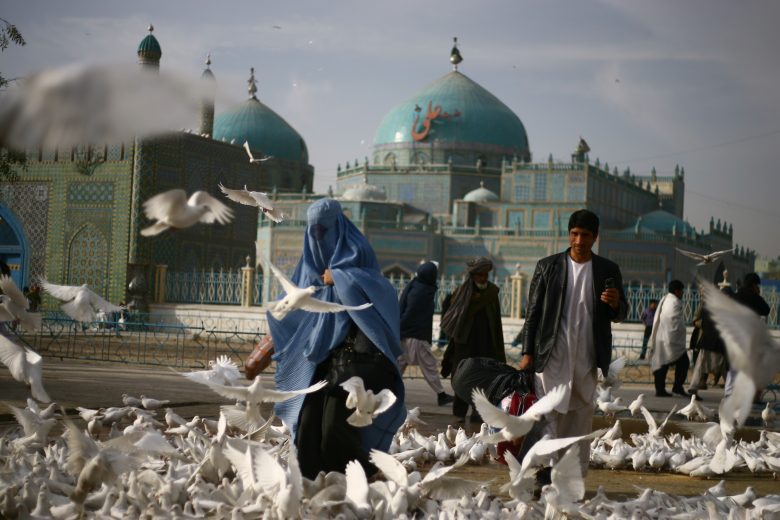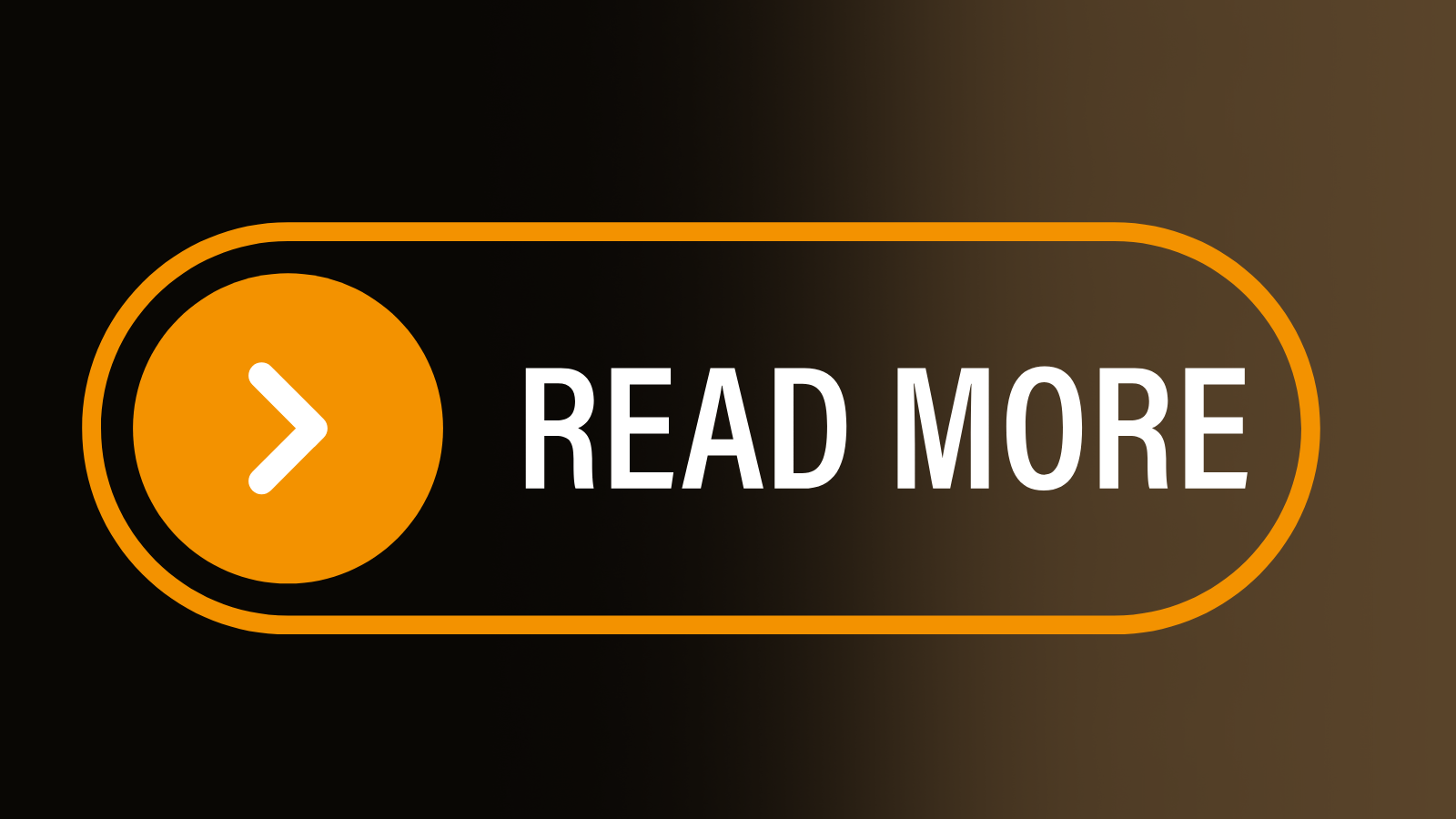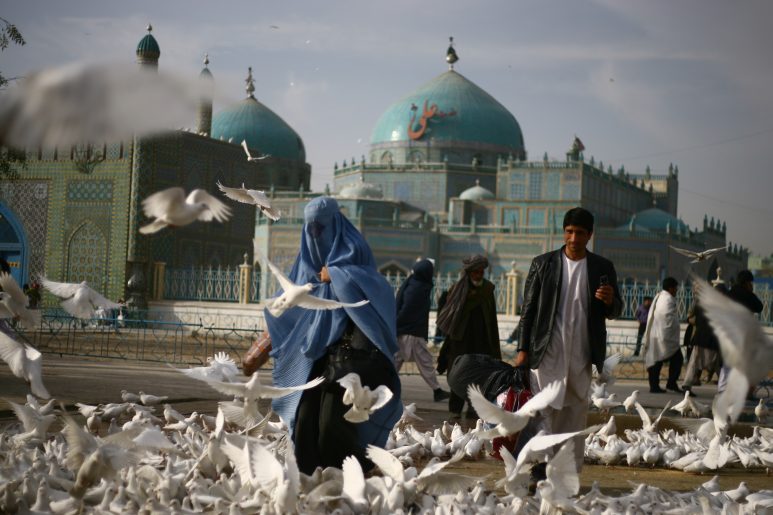By Amol Ifran, freelance journalist
August marks 3 years since the Taliban took over Afghanistan, and the voices of Afghan women continue to be silenced at a time when they are most needed. Just one year into Taliban rule, a survey by the Afghan National Journalists Union showed that 60% of Afghan women journalists had lost their jobs and careers. From 1,400 women journalists in 2021 pre-Taliban, there are a mere 600 working female journalists left in the country. According to Reporters Without Borders (RSF), in 2021, there were no women journalists working in 15 out of Afghanistan’s 34 provinces.
UNESCO said in 2024 the number of female media workers who have lost their jobs is now at 80%.

Zan Times has reported extensively on the ban on women in media, from not being allowed to appear on media without covering their face to women being banned from calling in to live programmes. Zan, which means woman in Persian, focuses on fighting for social change and justice in Afghanistan. It was founded by Zahra Nader in 2022 in an effort to counter the silencing of women’s voices under the Taliban.
“Women journalists in particular are facing a very difficult situation; on the one hand, their rights and freedom are restricted, like all other women and girls in Afghanistan. On the other hand, due to the nature of their work, they are visible in society and under the Taliban regime that aims to systematically erase women from public life, that is a big problem,” says Nader. While Nader herself is based in Canada, Zan Times has a significant team in Afghanistan, and she considers maintaining their safety and anonymity an utmost priority.
As an independent media platform, they have to be very careful about the safety of their team in Afghanistan and yet refuse to let those threats interfere with their goal for honest and ethical reporting. “It is very important for the people of Afghanistan and especially women to represent themselves, to be allowed to share their experiences and their truth. This way, there is a hope that they will be heard and seen. And that is what we are trying to do at Zan Times, empowering Afghan women journalists to tell their stories in a meaningful and powerful way,” Nader says.
This lack of support for women’s voices and representation is particularly important to highlight at a time when general media crackdowns in the country are already severely impacting journalists’ safety and freedom of expression.
In June, the Taliban detained freelance journalist Abdullah Danish, which sources say was due to a report published in April that criticised the Taliban regime’s education policies. This isn’t an isolated case. At least 25 journalists were detained in Afghanistan in 2023, and the country ranked 152 out of 180 countries on RSF’s World Press Freedom Index, its lowest ranking ever.
Calls for an investigation into the detention of journalists have had little impact on the regime, and prominent journalists have left the country. Earlier in May, the Taliban also banned journalists from interactions with the London-based Afghanistan International’s television or radio stations.
Afghanistan International was created in 2021, as a sister to Iran International by Volant Media UK, aimed at both Afghans in Afghanistan and the diaspora. Taliban leadership claimed that the channel was producing broadcasts against the Taliban regime and content that aids the group’s opponents.
But despite the numerous challenges women journalists have been facing, Afghan women both inside and outside the country are dedicated to amplifying the voices of women and minorities and fighting for them.
“After the Taliban took power, as a female journalist in Afghanistan, and editor in chief of Rukhshana media, I faced challenges including threats to my safety, restrictions on my freedom of movement, and censorship. Reporting from outside Afghanistan, I still grapple with the emotional toll of being away from home and concerns about the safety of my sources and colleagues who remain in the country,” says Zahra Joya, the founder and editor-in-chief of Rukhshana media, when talking about the challenges she and her team have to face.
Joya started Rukshana media in 2020, to cover issues affecting women in Afghanistan and named it in memory of Rukshana, a woman who was killed for choosing to leave a forced marriage.
Maryam Seddiqi has been working as a journalist in Afghanistan for 7 years, and shares that initially, when the Taliban came to power, they couldn’t even openly declare themselves as journalists. While the situation has somewhat improved, Seddiqi says that they still face the fear of arrest when they go to file reports.
Yet at the same time, she also believes it is equally important to not just focus on these problems, but on the efforts of local journalists in finding solutions and making the most of their own situations. “The fact that the voice of Afghan women is heard in every conference gives us hope that we are still not forgotten, and we must continue our work,” Seddiqi says.
One way to amplify can be through collaboration, or giving Afghan voices space on your platform, like this piece by Zahra Nader on Afghan women in media. Seddiqi also adds that another way could be creating training and resources that help Afghan journalists improve their skill sets and reporting.
Supporting platforms like Zan Times and Rukhshana Media, both by promoting them and through financial support can be a great way to help amplify Afghan voices, so that they continue to get support for their work.
“Global audiences can support Afghan journalists by subscribing to Afghan media outlets, sharing their work, advocating for their safety, and donating to organisations that support press freedom in Afghanistan, like Rukhshana media.
“Solidarity and practical support are essential in these challenging times. We need more engagement from international audiences,” says Joya.

Pictures from shutterstock.com
Disclaimer:
The views and opinions expressed in this article are solely those of the author and do not reflect the official policy or position of the Media Diversity Institute. Any question or comment should be addressed to [email protected]

